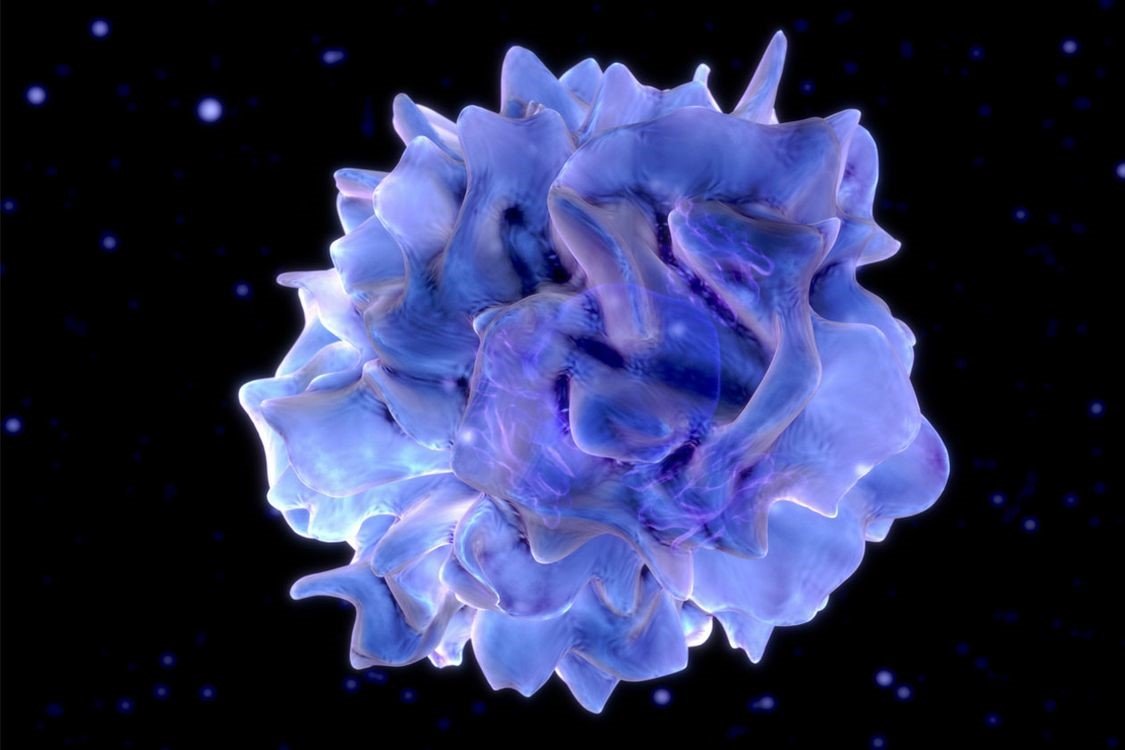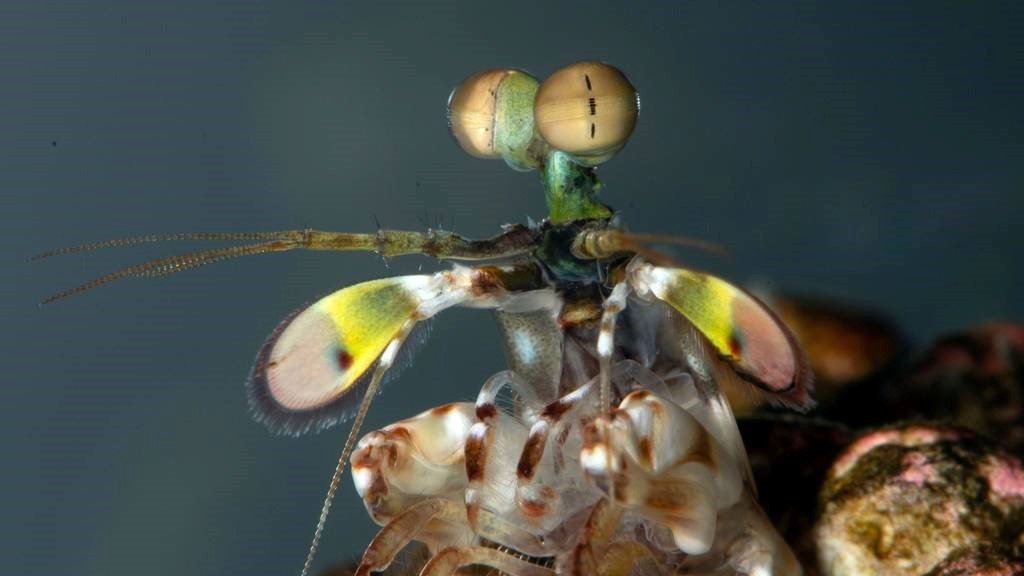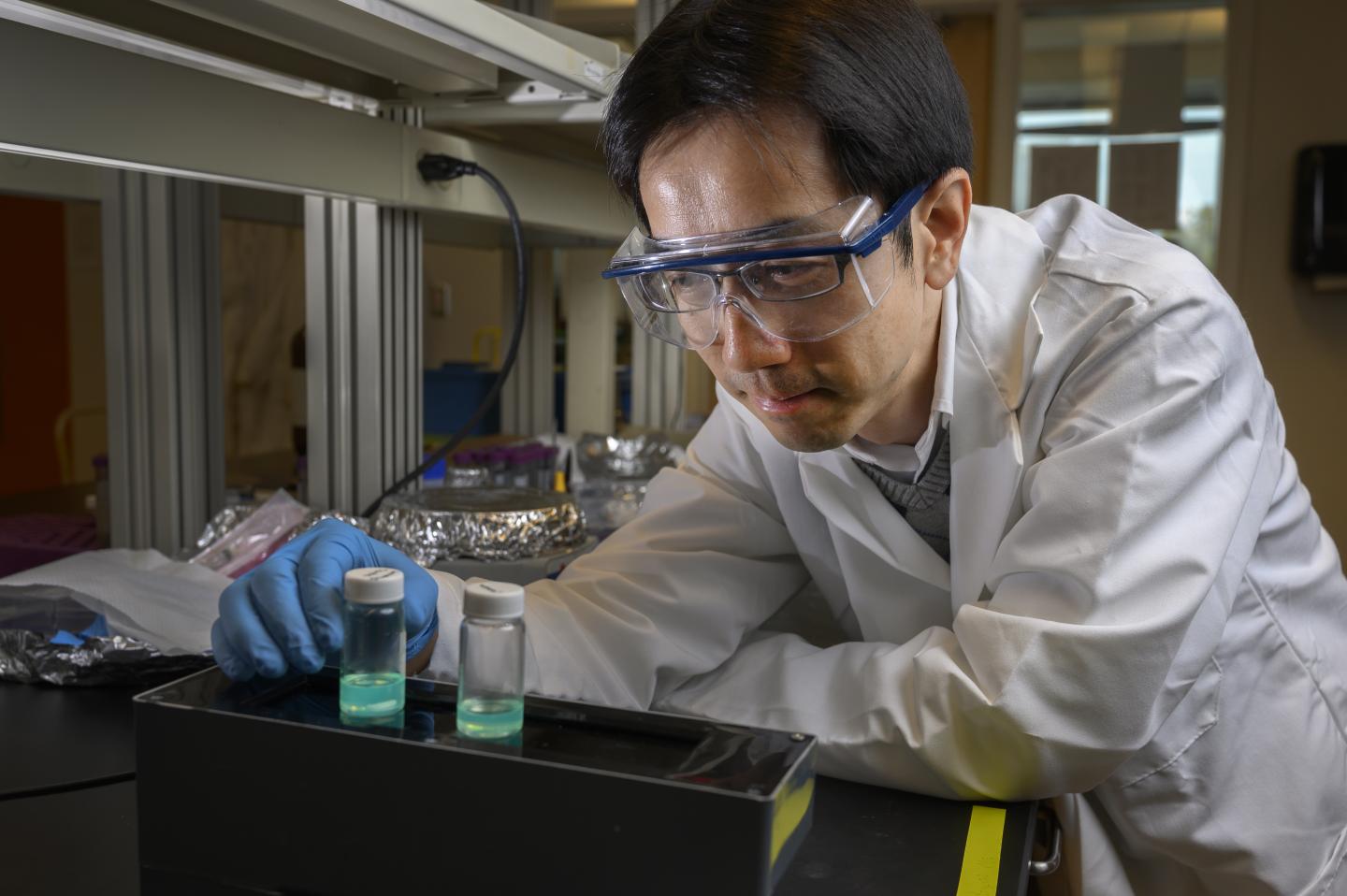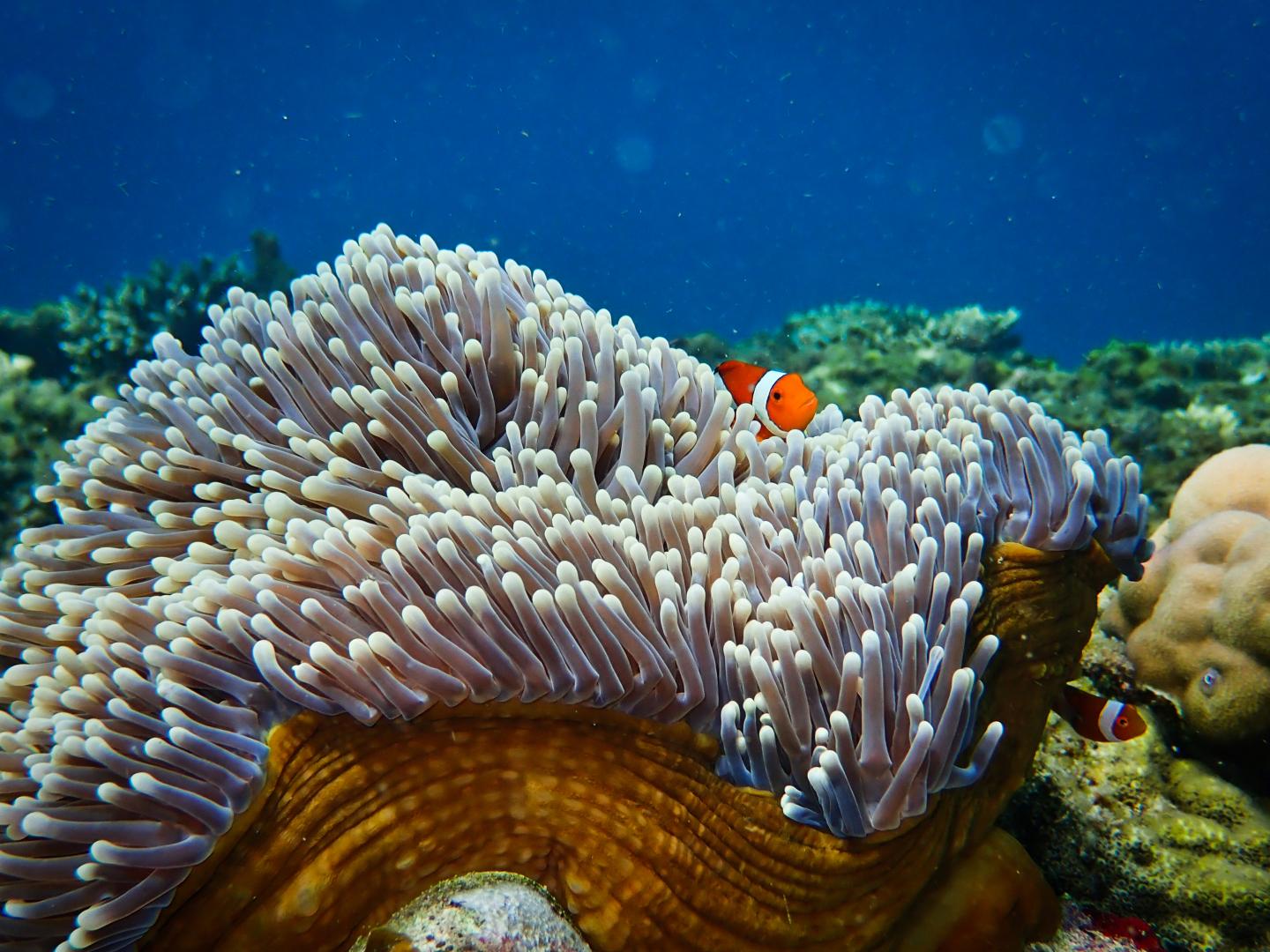HIV: overwhelming the enemy from the start
1.7 million That’s how many people are infected with the human immunodeficiency virus (HIV) each year worldwide – 1.7 million people condemned to lifelong antiretroviral therapy (ART) or who risk developing fatal AIDS. Out of the 37.9 million people living with HIV (PLWH), 22.3 million have access to ART, allowing them to have an almost … Read more









